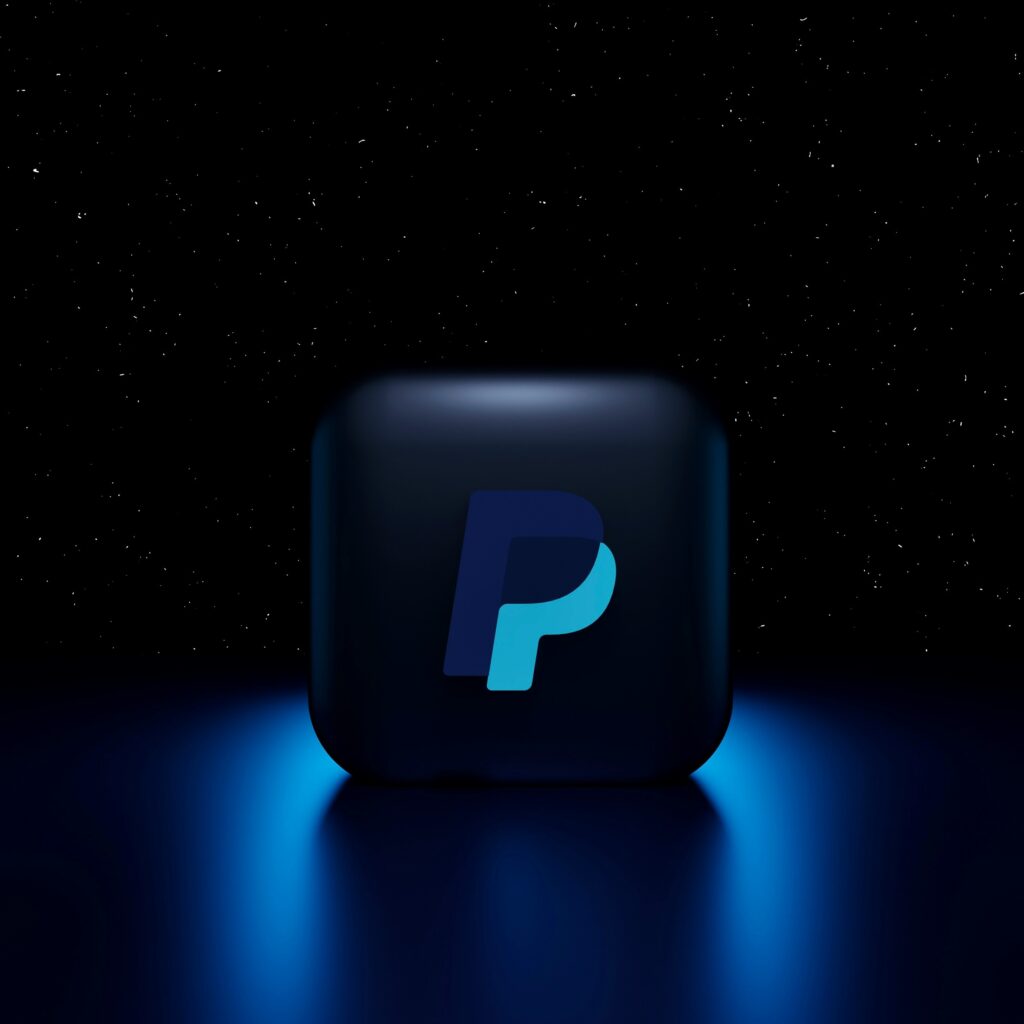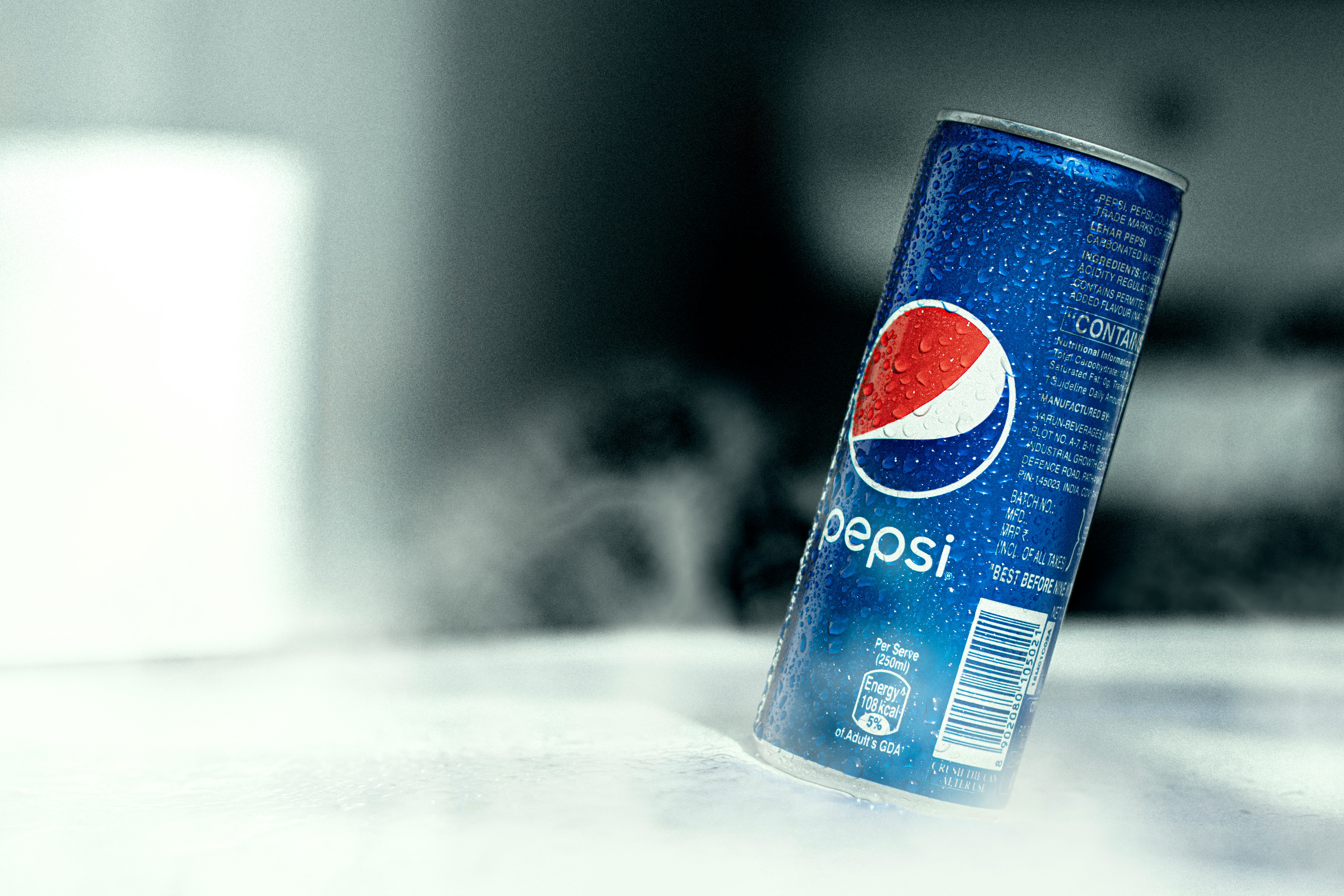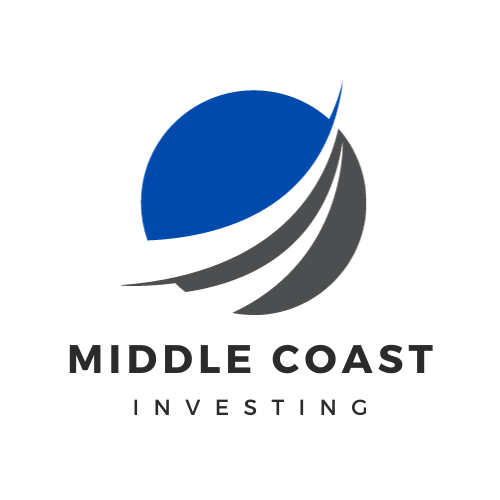PayPal earnings and Pepsi earnings are two blips in a broader bull market story. The S&P 500 crossed 5000 for the first time, the Nasdaq got very close to its 2021 highs, and little seems to shake the bull market.
Earnings are an event that can turn the market’s direction. But it hasn’t happened, not on a macro level at least.
There are individual companies that have soared or plummeted this year, though. I enjoy looking at those companies to understand what the market missed going into earnings, or what I missed. We may not get broader takeaways to explain the market, but we should be able to hone our investing skills.
Subscribe to get regular Middle Coast Investing posts:
Today, we’ll talk PayPal earnings and Pepsi earnings. Both companies dropped in the aftermath. That’s a sign that the story each company told clashed with the story investors and analysts expected. We’ll look into how those stories clashed, and how important that might be.
PayPal – Shaking off the Covid Hangover
PayPal is a leading payments company. It was founded in 1998, bought by eBay in 2002, and spun back out to the market as an independent company in 2015. Its most famous brand is its own, PayPal. Beyond that it owns venmo, xoom, Braintree, and a few smaller brands. All of these have to do with payments in one form or another.
Looking at PayPal from one perspective, it is a very strong company. It has grown its business at a high rate – revenue is up 14.3% per year since 2017, and earnings is up 17.4% per year, meaning both have more than doubled. That’s all we are looking for as investors.
But looked at another way, PayPal is stuck. The company exemplifies the Covid boom and bust. Online shopping spiked at the start of the pandemic, and PayPal benefitted as much as any other e-commerce related company. When that spike ebbed, and when competition came in, PayPal’s earnings flatlined, and its stock dived. PayPal’s peak market capitalization was around $365B in 2021. It is $63B as I write, an 80%+ drop. PayPal has to deal with Apple Pay and Google Pay, a bunch of payments specific companies, and the reality that Mastercard and Visa still run the payment ‘rails’ for most of the world.
PayPal’s earnings were a big event, though. The company hired a new CEO, Alex Chriss, who started in September, 2023. Q4 was his first full quarter at the company. PayPal has been catching some ‘bottom ticking’ buzz from investors. It is a very well-known brand that has proven it can grow fast, so why couldn’t it grow again?
PayPal met the moment, as its Q4 results beat estimates for both revenue and earnings. This is what you want from an earnings report. And yet, shares closed the week nearly 7% less than before earnings two days prior. What happened?
Stuck in Neutral
Judging from the reaction, analyst questions, and adjustments after the fact, PayPal’s report was missing two things.
First, investors were expecting growth. Instead, the company guided its profit metrics as unchanging for 2024. No growth in earnings per share on either a GAAP or Non-GAAP basis. No growth in transaction margin dollars, which is essentially PayPal’s gross profit.
This can be withstood if it’s a one off. But neither of those metrics have moved meaningfully since 2020. Investors were hoping for more.
That’s in part because investors hoped, four months in, Chriss’s plan might have an effect. Two weeks prior to earnings, PayPal unveiled 6 new initiatives that it is working on to revive its business. The stock dropped that day too, as investors appeared underwhelmed, but it seems they still hoped that those initiatives would have an impact at some point in 2024.

The one-month trend of earnings revisions for PayPal. Source: Seeking Alpha
One analyst asked on the company’s conference call, “If not this year, when do you want investors to expect some traction in actual gross profit re-acceleration?” In his answer, Chriss alluded to wanting to put “points on the board” before guiding for growth.
Where PayPal Resides
PayPal is a reasonably valued company. Its enterprise value trades at 13.6x 2023 FCF, or 18.6x if you take the company’s adjustment and add back share-based compensation. It trades at 15.4x GAAP PE, less than the S&P 500. 9.4x EV/EBITDA is on the cheap side of average. I consider these all either ‘average’ or a little cheaper than average multiples, divorced of context. When we add the context that profits have been flat since 2020, and will be again in 2024, though, those multiples may not be cheap enough.
The one thing bulls can start to argue, at least, is that little growth is now expected any time soon. If Chriss and team start putting points on the board, and that leads to a turnaround, there could be a chance to get on the train.

Photo by Mariia Shalabaieva on Unsplash
Pepsi’s Fizzling Report
Pepsi is a very different sort of company. A consumer goods company that is much older, in theory slower growing, and also more expensive.
The beverage and snacks company has grown GAAP earnings at a 6% / year rate, and revenue at an 8% rate for the last 4 years. That growth is aided by a spike in growth in 2021 and 2022; Pepsi was able to raise prices quite a bit during an inflationary period. Even in 2023, its organic revenue growth was more than covered by pricing increases, which amounted to 13%.
Pepsi reported earnings Friday morning. Its change in what was priced in vs. the reality was more straightforward. Pepsi had previously said it would grow closer to 6% organic revenue and high single digits for earnings. On this report the company downgraded that to at least 4% organic revenue and at least 8% earnings. The company referred to ‘normalization’ of cost and inflation, and claimed it was ‘maintaining’ the EPS guidance even as the revenue guidance dropped.

No Cheap Soda Pop
In practice, Pepsi’s disappointment inverts PayPal. Pepsi has more confidence in growing earnings than revenue. It also foresaw a more ‘balanced’ mix between pricing and volume in its growth. This is a welcome sign on the inflation front, and perhaps more sustainable growth for Pepsi.
The Goldman Sachs analyst covering Pepsi wrote, “Overall, expectations were low heading into the Q4 print, as investors were fearing the worst. We think these results will likely serve as a reset of expectations this year, which we think will be broadly welcomed.”
The reset saw shares drop 3.5% Friday. There’s usually a second day reaction where all the investment bank analysts weigh in, which tends to nudge a stock one way or the other. So Pepsi could recover Monday, or it could drift lower.
But either way, Pepsi is trading at 20.6x adjusted 2024 earnings, and ~33x 2023 free cash flow. It’s not a cheap stock.
Stories and Histories
I will refer to NYU Professor Aswath Damodaran for the second week in a row. He talks about how every valuation is a story. The market will price a stock based on what it – the collection of investors around the world – believe will happen to a company.
There’s a saying that journalists write the first draft of history. In investing, sell-side analysts, those investment banks I mentioned earlier, play that role. They speak with companies on the one hand and professional investors on the other hand. They try to update where the story is, and where it might go in the next few months. These earnings reports are some of their best opportunities to see what’s going on with the story. Some sell-side analysts are good at what they do, some are bad, just like any profession. But the goal is to tell the story, while maintaining access to both companies and those investors.
Longer-term investors have a chance to be the historians of this process. They can stitch short-term story updates into a longer-term tapestry. Sometimes the short-term update will support the long-term. Sometimes it will offer a twist, but one that ultimately has no meaning. Other times it will totally redirect the story.
When owning a stock, we need to know what sort of story we’re investing in. I mentioned that last week with Netflix. We also should do our best to try to get a sense of what others think the story is, and what they’re focused on in the short term, and whether we should worry about that. PayPal earnings and Pepsi earnings each serve as examples of story updates, but with different weights.
Pepsi’s latest update seems like a mild tweak to the formula, and less likely to mark a turning point in any direction. From what I can tell, the story is a leading snack food and beverage company that you can count on to grow, pay a big dividend, and survive any scenario.
PayPal earnings offer a more significant twist. The story was expected to be ‘new CEO shakes things up, plots the path to growth.’ And instead, it’s, at least for the moment, ‘the competition is too strong, and there’s nothing PayPal can do to fight it off.’ Sell-side analysts have started calling this a ‘transition year’ for PayPal, and investors and analysts hate transition years.
That distaste for short-term problems can present an opportunity. If you can find and support a reason to believe PayPal will have success reviving profit growth, the pricing is cheap enough that you will do well. But it’s also not an irrational distaste; the analysts and investors staying away are recognizing patterns from bad stories in the past. What the next twist in the story will be isn’t easy to foresee. But understanding the range of possibilities will tell you whether to close the book or to stick it out until the last page.
Interested in more from Middle Coast Investing? Or in talking to us? Get in touch.
Disclosure: Middle Coast Investing clients and portfolios have long positions in PEP. Positions may change at any time without notice. Nothing in this post is investment advice.
